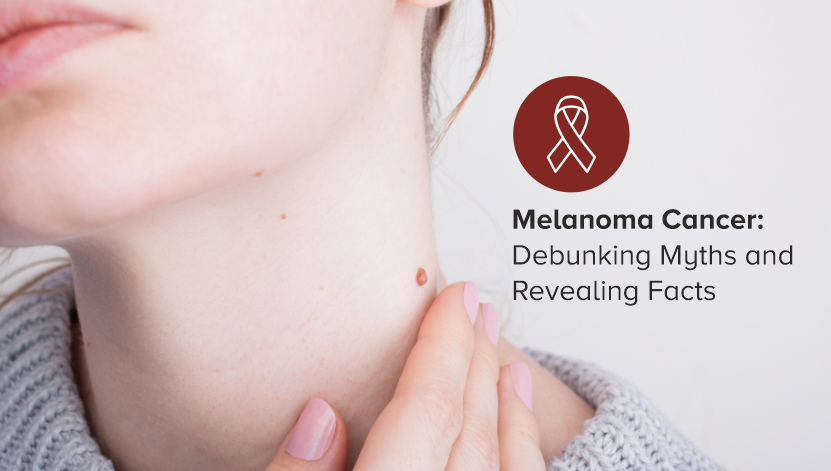Melanoma, the most serious type of skin cancer, has been the subject of countless myths and misconceptions. With its potential to grow quickly and spread to other parts of the body, understanding the truth about melanoma is vital for prevention, early detection, and treatment.
